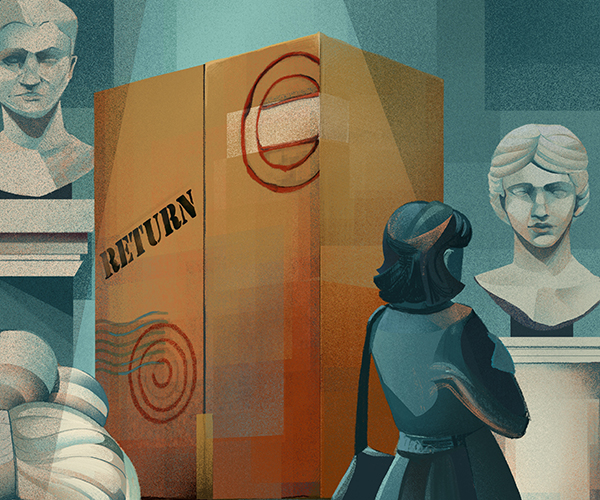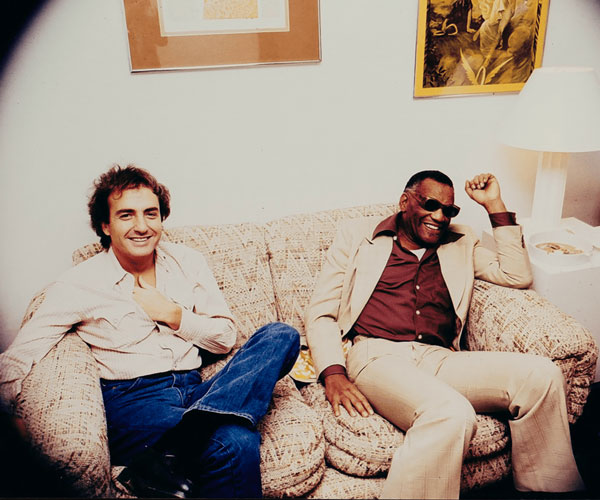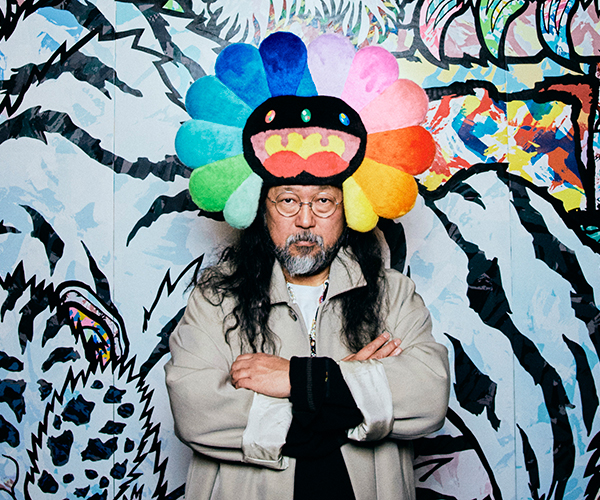Petal Pushers
A new Cleveland Museum of Art exhibit shows how the beauty of the garden shaped the most influential painters.
Against the backdrop of the heavy, mechanized and polluted Industrial Revolution, many impressionist painters found beauty and inspiration in their own backyards.
"People were able to have gardens for pleasure instead of just for growing food," says William Robinson, the Cleveland Museum of Art's curator of modern European art. With the help of the Royal Academy of Arts in London, the museum brought together 107 works from 36 artists for Painting the Garden: Monet to Matisse from Oct. 11 through Jan. 5.
"We looked at the diaries and letters of the artists to learn more about each painting," says Robinson. He explains how the garden was a muse for three famous painters.
The Artist's Garden in Argenteuil (A Corner of the Garden with Dahlias)
Artist -£ Claude Monet Garden -£ His
backyard plot in Argenteuil, near Paris Year -£ 1873 Style -£ "He applied his brush quickly with broken strokes of pure color to capture the intensity of color on a summer's day," Robinson says. Look For -£ A couple embracing near the house evokes classical Greek and Roman themes. "Artists would show the love goddess Venus in a garden or loving couples," he says.
Garden in the Rue Cortot, Monmartre
Artist -£ Pierre Auguste Renoir Garden -£ Behind Renoir's Monmartre neighborhood apartment in Paris Year -£ 1876 Style -£ Renoir brings the urban garden to the forefront with thicker brushstrokes. "The garden is practically untouched by man," says Robinson. Look For -£ Inspect the detail on the flowers. "Renoir loved the wild and untamed aspect," he says. "[He] was very much a traditionalist who wasn't thrilled with much of the modern world."
The Artist's Garden at Eragny
Artist -£ Camille Pissarro Garden -£ Family vegetable and flower garden by his home in Eragny, near Paris Year -£ 1898 Style -£ While influenced by Monet's impressionism, Pissarro adds realism by including his wife, Julie, pulling weeds and preparing the soil. "Pissarro was a socialist, an anarchist, and it was seen as lowbrow to grow a vegetable garden," Robinson says. Look For -£ Examine the bright blooms in the hedges. "Flower gardens represented the elite," Robinson says. "His focus on the humble vegetable garden reflects his socialist politics."



